With digital marketing, your perspective is just as critical as the tools and platforms you use to run your campaigns. Successful marketers view their efforts as a dynamic process and make strategic modifications. This is based on following the Digital Marketing Life Cycle Steps and careful data analysis.
Embracing a digital marketing life cycle perspective and understanding the key stages is a long-term study. It will eventually help you set reasonable expectations within your team and with your internal partners.
Digital marketing efforts need to be handled with the highest care, including regular watering, pruning, and ensuring they receive enough attention to grow. As a result, we wanted to demonstrate the full scope of what a successful campaign requires by taking you through its life cycle.
What is the Digital Marketing Cycle?
Digital marketing is the promotion of businesses and brands to connect with a targeted audience through the internet and other forms of digital communication. This covers not just the use of text and other messaging systems as a marketing channel but also the use of electronic media like email, social media, and web-based advertising.
Simply put, digital marketing is vital for increasing customer loyalty, targeting the right audience, gaining brand credibility, accurately measuring results, and generating a consistent lead pipeline.
Marketing professionals can track any marketing that uses digital equipment to spread advertising messages throughout the consumer journey. Most frequently, advertising campaigns on the internet are referred to as "digital marketing."
Examples of the different formats it can take include online video, display ads, search engine marketing, sponsored social ads, and social media posts. Direct mail, billboards, and magazine advertisements are examples of "conventional marketing" techniques that are usually contrasted with digital marketing. Oddly, television is frequently included in discussions of conventional marketing.
As your network grows, media details such as conventional advertising, public relations, web, and social media platforms start to operate together more and more. A successful campaign in the future will be self-generating and spread virally. Taking a b2b marketing course can help professionals better understand how to align digital strategy with longer sales cycles, complex buyer journeys, and lead nurturing tactics specific to business audiences.
Converting your network of touchpoints to actions that further, your campaign objectives is the objective. The expectations for each of the five digital marketing life cycle phases are listed below.
Stages of the Digital Marketing Life Cycle
There are five stages in Digital Marketing Life Cycle Steps.
1. Setup and Strategy
You will establish your baseline stats and digital media infrastructure during the campaign Setup and Strategy stage. The key to these stages.
i. Gain an understanding of your audience's challenges and goals.
ii. Establishing your channels and checking performance.
iii. Defining success and setting realistic goals.
2. Implementation and Traction
Businesses frequently skip Setup & Strategy and jump right into this phase. You will enter the Traction phase after finishing the Setup & Strategy stage. Because of this, campaigns frequently fail. Your objective in the Traction phase of the digital marketing cycle is to gain traction for your efforts.
Depending on your objective, this could result in greater exposure, more direct appointment requests or purchases, or more leads for sales. During this phase, you want to develop a virtual relationship with your audience and potential customers by turning points of engagement into interest and conversations.
During this stage, you won't necessarily make any significant changes to your programs; instead, you'll start gathering data to help you figure out how to optimize them effectively and get the most out of the available marketing budget.
3. Conversion
Your campaign will enter the conversion stage as it starts to gather traction. Increased patient requests, higher sales, and improved health and wellness brand loyalty are a few examples of goals throughout the Conversion phase, depending on what you're attempting to achieve.
Your conversation starters should now transition into conversion points. Tools like a multi-step form can be particularly useful during this phase, as they simplify the user experience by breaking complex processes into manageable steps, leading to higher completion rates and better data collection. Stage two may see some conversions, but Stage three is where the actual results show.
It would help if you were closely monitoring marketing expenditures and previously established success measures at this time. Keep track of important marketing metrics like brand mention growth, lead acquisition cost, customer acquisition cost, etc.
4. Expansion
Your campaign will enter the Expansion stage after you have a solid digital marketing strategy. When appropriately executed, companies frequently establish themselves as thought leaders in their sector at this level. Your campaign's effect and conversions will continue to rise during this time.
You might now begin to notice patterns that call for adjusting your campaign.
5. Viral Growth
Not all campaigns will succeed in getting to this stage, but when they do, it's satisfying, and your chances of getting to this stage rise. If your campaigns are built around providing value to your target audience.
In contrast to advertising, viral growth is frequently natural and highly effective because it comes from the individual members of your audience.
You can easily see what appeals to your audience, what elicits an emotional response, and what is generating the most significant conversions at this level.
How Does the Cycle Work Completely?
How the Digital Marketing Cycle Actually Works? Any digital marketing company dedicated to keeping clients informed, helping them achieve their goals, and functioning transparently will help their clients get found online. This will help do the work that goes into digital marketing a little clearer.
We can assist you in developing an adaptable digital marketing strategy to help you reach your objectives, whether you need assistance with all the paid media performance, organic performance, and to a better understanding of the data and analytics BFO of your company.
Importance of Digital Marketing
Running a successful business isn't just about having the best product. It's also about using the best marketing techniques to reach the audiences you want and who can become potential customers.
A marketing budget is essential for any business, but you must spend it correctly to get the most out of it. When a digital marketing campaign is successful, it is the most effective and financially sound way to attract customers to your door.
Targeting a specific audience with technologically-based initiatives is known as digital marketing. The value of digital marketing is growing along with our usage of technology. Selling the best product online is no longer a surefire way to achieve success or even get noticed by your target market.
Today, a company's success depends on its capacity to reach its target market through various digital channels, including search results, social media, and emails, to name a few, and to give them the information they require to convert.
Advantages of Digital Marketing
Global Reach for the Bussiness
A website allows you to find possible new markets and trade growth globally for only a small investment.
Lower Costing and Investment
A digital marketing campaign can reach the right customers for much less money than a traditional marketing strategy.
Trackable and Measurable Results can be Obtained
It is simpler to determine the success of your campaign when you use web analytics and other online measuring tools to measure your online marketing. You can learn in-depth details about how visitors interact with your website or react to your advertising.
Personalization
If your client database and website are connected, you can welcome site visitors with personalized offers. You can better define your consumer profile and market to them as they make more purchases from you.
Openness to the Market
By getting involved with social media and managing it carefully, you can build customer loyalty and create a reputation for being easy to engage with.
Social Currency
Digital marketing lets you create engaging campaigns using content marketing tactics. This content, such as images, videos, and articles, can gain social currency by being passed from user to user and becoming viral.
Improved Conversion Rates
If you have a website, your customers are only a few clicks away from making a purchase. Unlike other media, which require people to get up and make a phone call or go to a shop, digital marketing can be seamless and immedia.










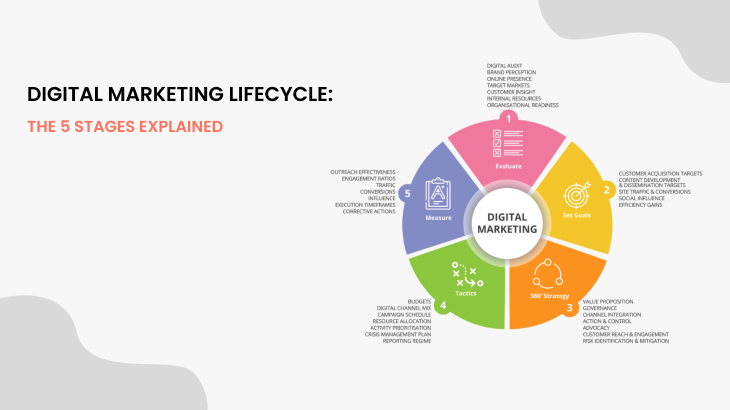
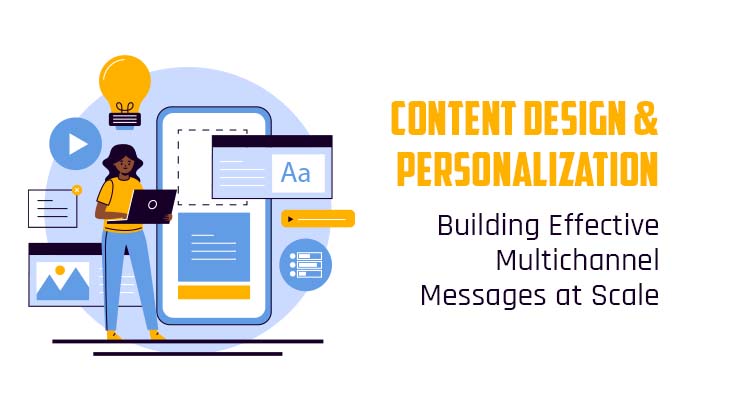
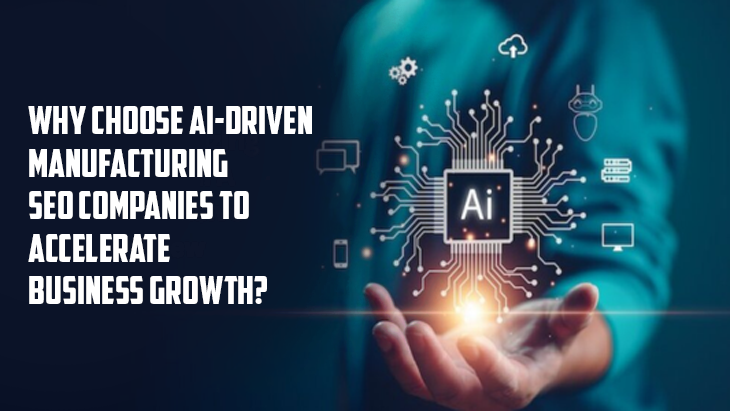
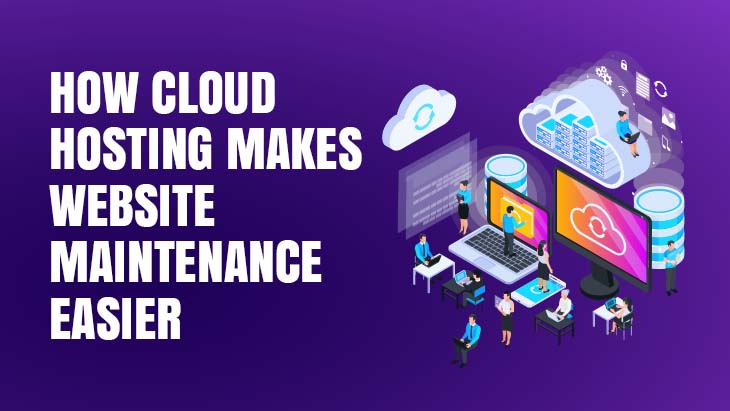
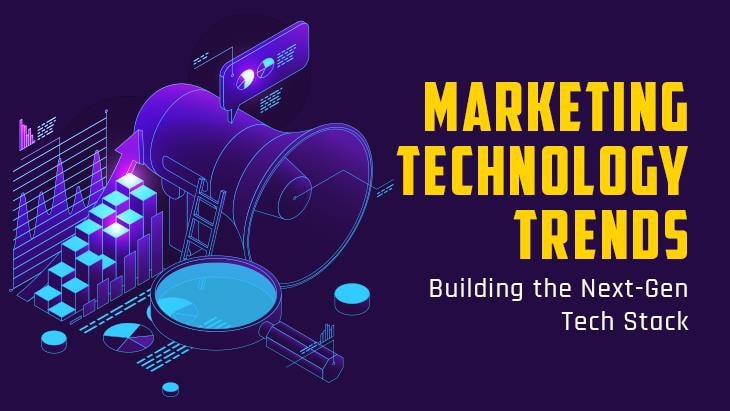

Post Comments